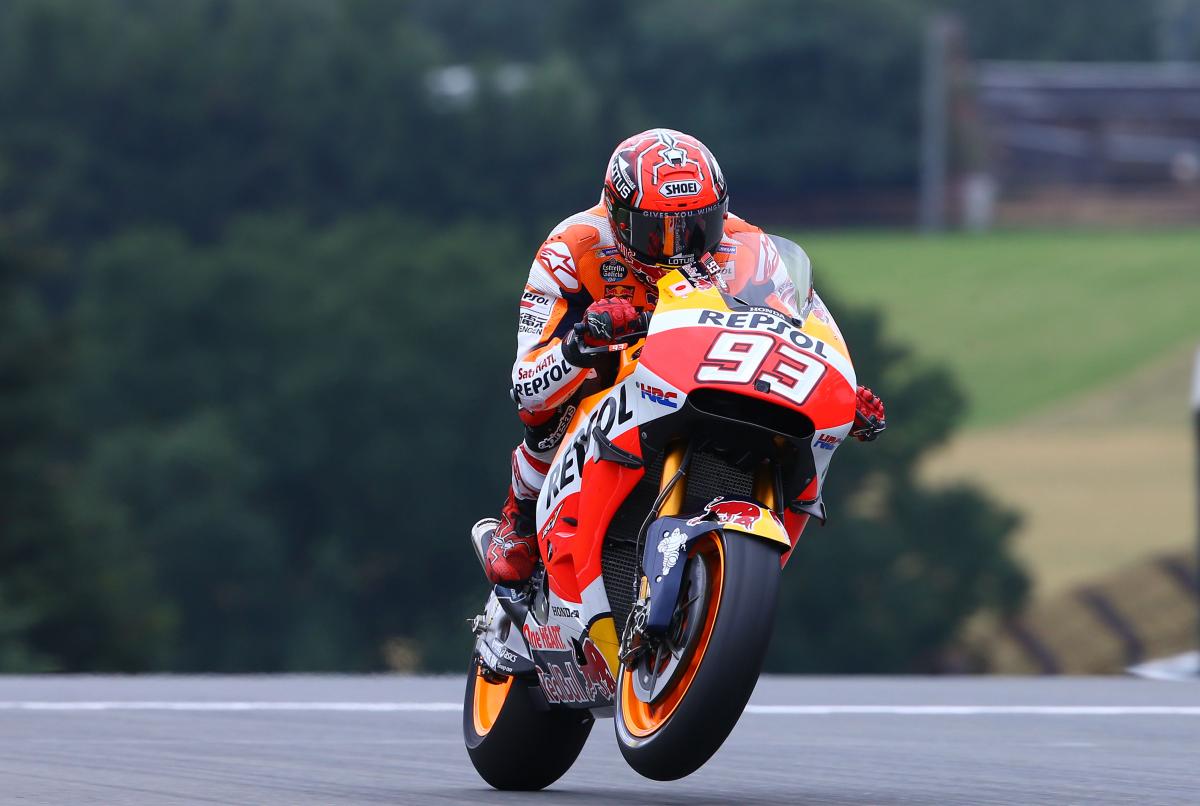How to sound knowledgeable about 2016 MotoGP technology!
World championship motorcycle racing may be a contest to find the best racer in the world, but it's always been inextricably linked to the cutting-edge technology on the motorcycles they ride.
But far from being an 'anything goes' class, MotoGP has edged marginally closer to Formula One with ever more strict controls to level the playing field between the big-budget factory teams and the second-tier squads trying to race against them.
GP rule makers have attempted to cap costs on racing to attract and keep more manufacturers on the grid, attracting back Aprilia and Suzuki with KTM also joining the action next season.
For 2016, there have been lots of technical rule changes but three are milestones that have shaped how the bikes perform.
These are the swap from Bridgestone to Michelin tyres; the introduction of control electronics and, of course, the headline-grabbing aero winglets that have polarised the paddock and spectators, too.
Starting with tyres, Bridgestone had been the exclusive supplier of rubber to MotoGP bikes for six seasons until the end of last year when Michelin took over. Years of race development and feedback is tough to match for a new supplier, and Michelin did struggle to get its tyres right. The French firm last made MotoGP tyres in 2008 and MotoGP is a tough and very public arena to get it wrong in!
There was a steep learning curve as Michelin tried to make tyres to suit the characteristics of different bikes and set-ups, plus riders of different body weights. Team-mates Jorge Lorenzo and Valentino Rossi may ride the same Yamaha M1s but their riding style and hence set-up is very different, often requiring different spec tyres.
Pre-season testing saw a horrendous accident when Loris Baz's rear tyre fell apart at 180mph at Sepang, forcing Michelin to withdraw that compound for investigation. And when Scott Redding's Ducati shredded its rear tyre during practice in Argentina, it was declared that the race would feature a compulsory bike swap.
Throw in the rain-hit Sachsenring race where some riders pitted and went out on unproven intermediates while others went for slicks, and tyres are a key battleground in a war that's continuing at every round.
Less obvious but equally as concerning for the teams was a switch to a control-spec ECU which is made by Magneti-Marelli, rather than factories spending millions developing their own, very secret computer brains for their bikes.
Teams supply the sensors that the ECU measures, but these have to be approved to ensure nobody is covertly using any of their own clever stuff to bypass the control ECU.
The ECU is based on the item used on the former Open class bikes for the last two years, and it benefitted newbies Aprilia and Suzuki - and 2017 newcomers KTM - who have designed their bikes from the ground up to use it. Ducati also put significant effort into the Open class software, while Honda and to a lesser extent Yamaha have been on a bigger learning curve.
But perhaps the most obvious techno milestone is the use of aerodynamic winglets. Ducati began using them at the start of last year and although many initially scoffed, all factories now have them available.
The idea is that they provide downforce at the front of the bikes. Some say this is to help the front tyre get more traction, other say the biggest benefit is that under acceleration, since the downforce reduces the bike wanting to wheelie. And therefore the rider can get harder on the throttle.
Of course, the drag may affect top speed slightly, but the biggest controversy is over safety. Some say they can get caught on another bike or rider when leaned over, and others say they cause so much turbulence that any bike following closely can be made unstable. Many people hate them as they're just ugly.
The winglets have already been banned in Moto2 and Moto3 and will disappear from MotoGP at the end of this season, after the manufacturers failed to agree on a proposal outlining their safe use.
Of course, there were other rule changes brought in for 2016, including a maximum fuel tank size of 22 litres, a 1kg reduction in minimum weight to 157kg, mandatory 17-inch wheels instead of the option of16.5-inch, and a total of seven engines per rider for the season.
There's also the ongoing freeze on engine development during the season, as well as limits on how often teams can test their bikes. But factories that haven't had a dry win in the past three years can run 12 engines per rider, test whenever they like and develop their engines in a bid to make them more competitive - if they can afford it. If they start having podiums, these concessions are gradually eroded.

